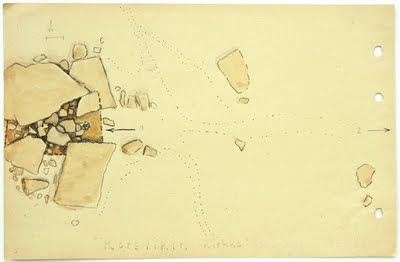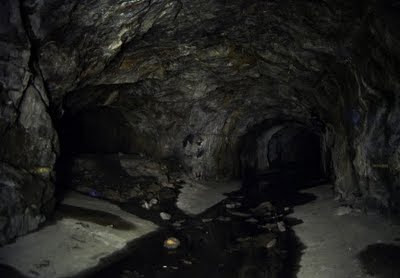
13 Oct 2009
7 Oct 2009
Installation in Ars Fennica 2009 exhibition

Dead spruce - dead pine, installation view (detail)
ENLARGE: Click the image
ENLARGE: Click the image
Forest edge - primeval forest in moonlight (detail)
ENLARGE: Click the image


First snow - small forest pond in the boreal forest belt surrounded by old forest and gradually being taken over by swamp vegetation in the moonlight after a snowfall. (Diorama)
Installation by Jussi Kivi in the exhibition Ars Fennica 2009 in Contemporary Art Museum Kiasma, Helsinki.
ENLARGE: Click the image
5 Oct 2009
4 Oct 2009
1 Oct 2009
An Expedition to the Little Night River 1995
In August 1995 a group of finnish, russian and komi biologists and artists mounted a joint expedition to the Voi-Vozh river valley in Komi, North Western Urals.
The Voi-Vozh river runs between the Pechora plains and the Urals Mountains. It's a low tributary of the River Bol'shaya Synya which runs to river Usa, which in turn is a tributary of the Pechora River. In the Komi language, the points of the compass and the times of day are indicated with parallel constructions. The small southern branch of the river is called Day-River: the northern branch is the Night-River.
The area is closed in by thick impassable forest, and is therefore entirely uninhabited. It constitutes the single largest area of untouched forest on the European side of the continent. This remote and lonely region is dominated by dark forests, bogs, mountains, wild animals and millions of blackflies. Here, the human species (homo sapiens) exerts minimal influence.
The place therefore affords unique opportunities for obseving and studying "The UNTOUCHED."
The artistic aim of the expedition was to study untouched, pristine nature as a mytchical concept. This entailed viewing expedition itself as a mythical rite converging on pristine nature. The scientific interests focused on botany, zoology, ornithology, ecology and hydrobiology. Homever, the environment seemed supremely indifferent to our aims!
The expedition was organised by Pori Art Museum, Frame - finnish fund for art exhange and Komi University/ Biological department ( Syktyvkar. The Artistic results of the project was presented as a part of the exhibition "Strangers in the Arctic"
in Rundetaar, Gopenhagen, The Art Museum of Atheneum, Helsinki and The Art Gallery of Ontario, Toronto. (1996-97)

Map: Ural mountains and Pechora plains in the surroundings
of River Voi-Vozh and River Vangyr. 1995
ENLARGE: Click the image
The horizon of Urals from north to south-east seen from the point: 65°57N/55°58E
ENLARGE: Click the image
Subscribe to:
Posts (Atom)











